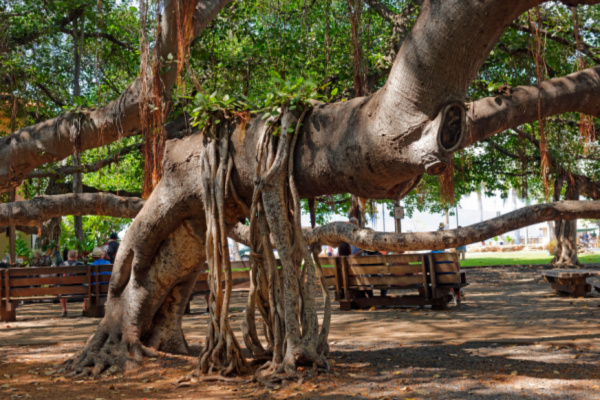As of Saturday, Wildfires on Hawaii’s Maui island and Big Island have killed at least 93 people, forced thousands of residents and tourists to evacuate, and devastated the historic resort city of Lahaina. Here are some key questions and answers about the disaster.
How Did the Fires Start?
Echoing wildfire experts, Gov. Green said Friday that he believes a confluence of weather conditions contributed to the ignition and spread of the blazes.
“It is a product, in my estimation, of certainly global warming combined with drought, combined with a super storm, where we had a hurricane offshore several hundred miles, still generating large winds,” Green told CNN.
Statistics show that early 85% of U.S. wildfires are caused by humans, according to the U.S. Forest Service. Natural causes include lightning and volcanic activity.
In Hawaii, less than 1% of fires are due to natural causes, according to Elizabeth Pickett, co-executive director of the Hawaii Wildfire Management Organization. The Hawaiian Islands have six active volcanoes, including one on Maui.
Record-setting heat this summer has contributed to unusually severe wildfires in Europe and western Canada. Scientists say climate change, driven by fossil fuel use, has led to more frequent and more powerful extreme weather events.
Winds and Dry Vegetation are Driving Hawaii’s Wildfires
As Reuters reports, winds from Hurricane Dora, hundreds of miles southwest of the Hawaiian Islands in the Pacific Ocean, have fanned the flames across the U.S. state, officials say. In addition to Dora, a low-pressure system to the west near Japan is also contributing to the high sustained winds. Dry vegetation is also a contributing factor.
The spread of flammable non-native grasses such as Guinea grass in areas of former farmland and forest have created large amounts of small, easily ignited materials that increase the risk and severity of fire. Such grasses comprise 26% of Hawaii, according to Pickett.
Where are the Fires Now? Are they Contained?
The fires have caused widespread devastation in Lahaina, a beach resort city of about 13,000 people on northwestern Maui that was once a whaling center and the Hawaiian Kingdom’s capital and now draws 2 million tourists a year. Some 271 structures were destroyed or damaged, the Honolulu Star-Advertiser said, citing official reports from the U.S. Civil Air Patrol and Maui Fire Department.
According to the Maui County website, firefighting crews were continuing to extinguish flare-ups in the Lahaina and Upcountry Maui fires over the weekend. In the Upcountry Maui fire, three structures in Olinda and 16 structures in Kula were destroyed. The Pulehu/Kīhei fire was declared 100 percent contained Saturday. Containment indicates what percentage of the fire perimeter has been enclosed by a control line and reflects opportunities for the fire to spread beyond its original border into new areas.
The fires have also scorched parts of the Big Island.
Hawaii is an archipelago about 2,000 miles (3,200 km) west of the U.S. mainland. It is made up of eight main islands, including Hawaii, known as the Big Island. The island of Maui lies to the north and west of the island of Hawaii.
—
Photo Credit: Barnes Ian / Shutterstock.com
